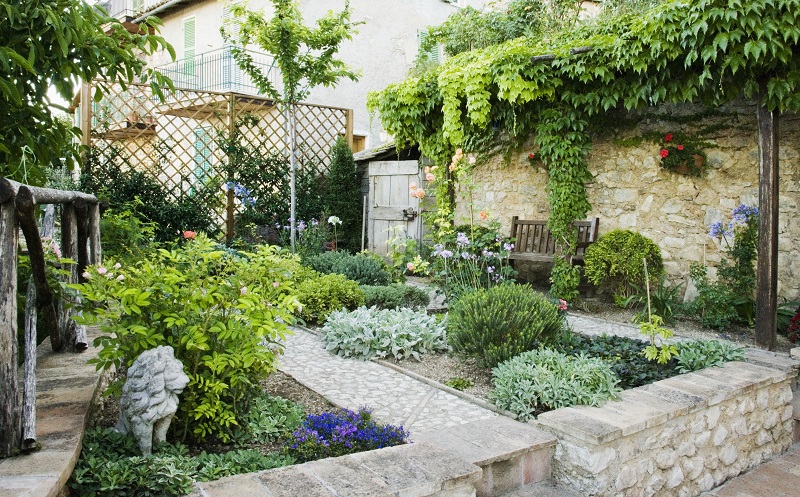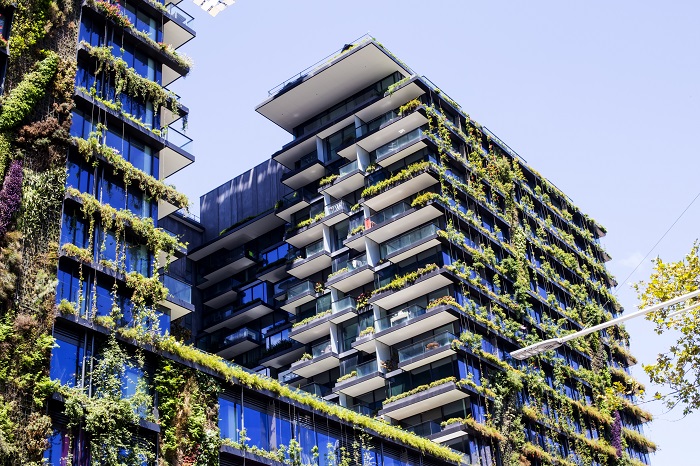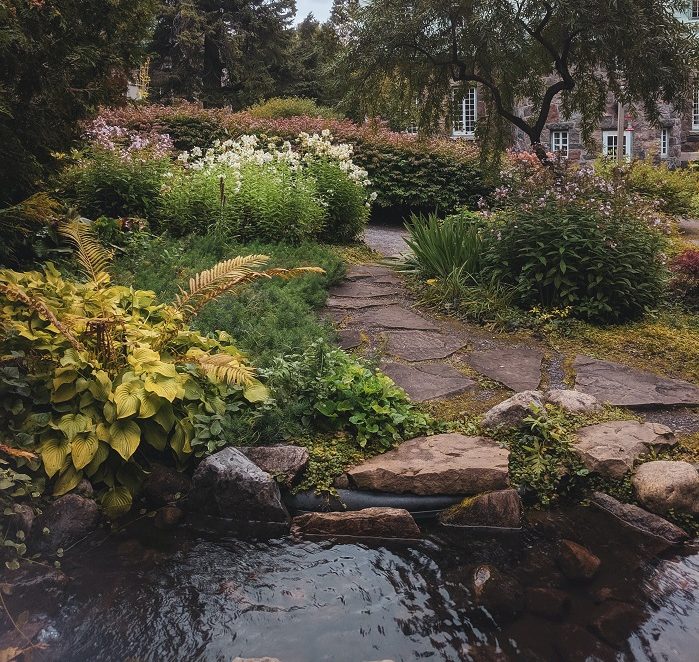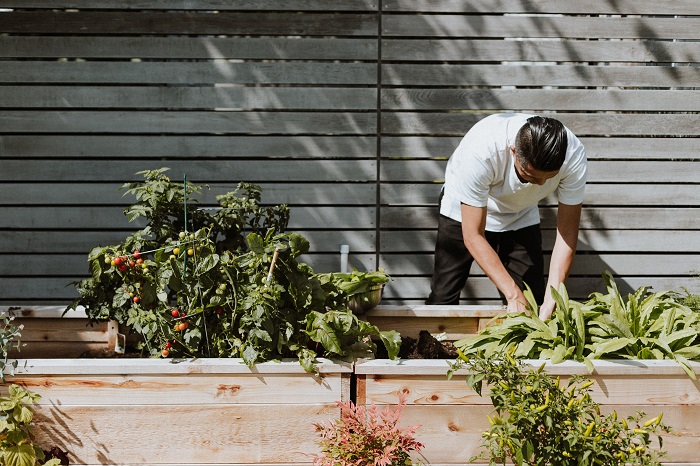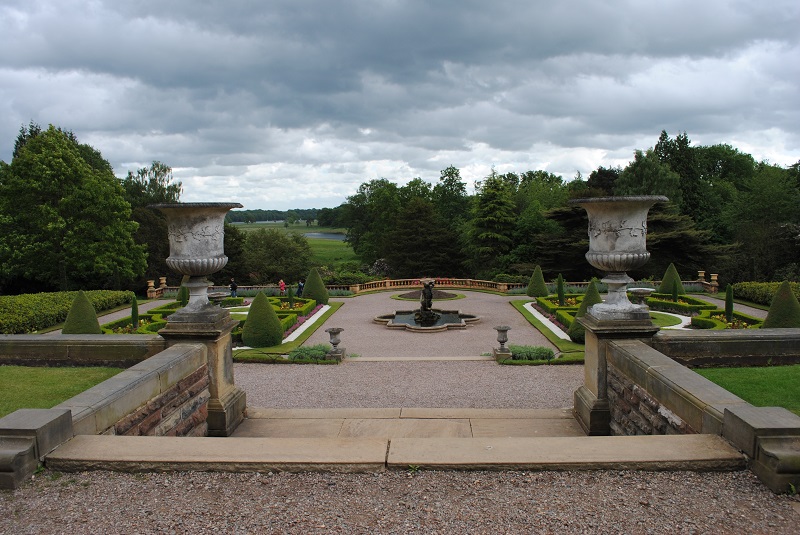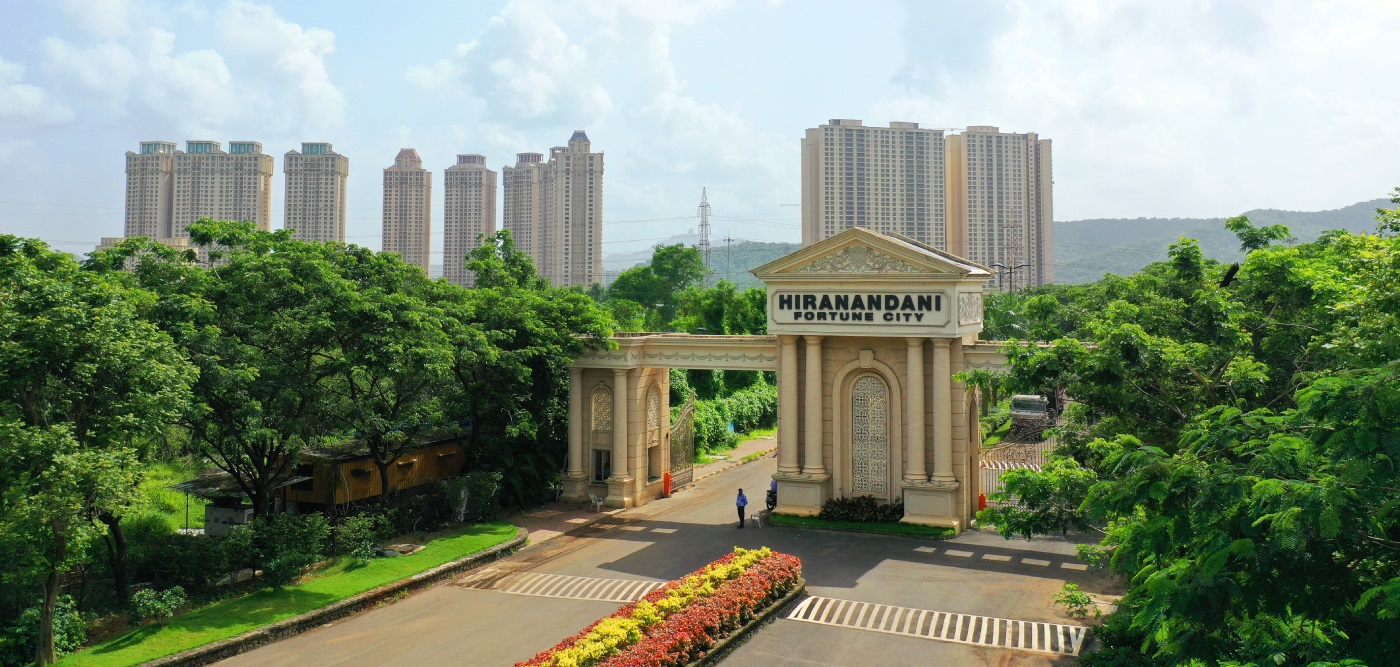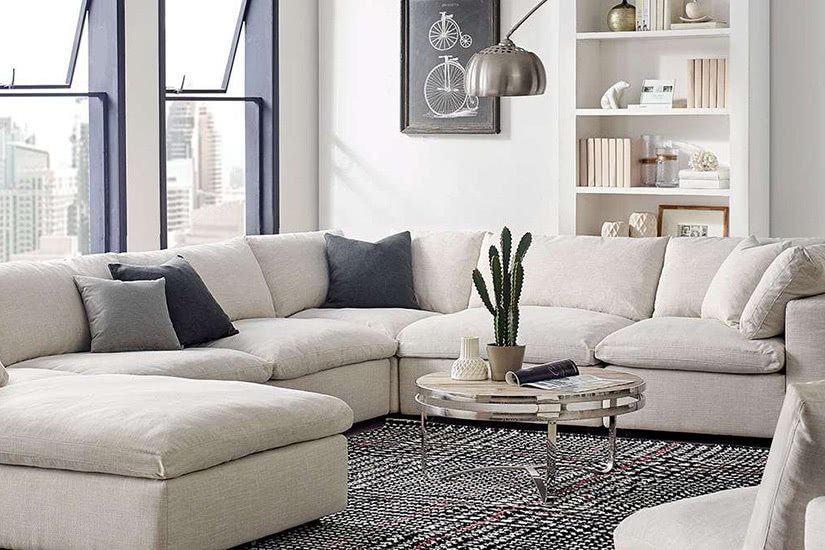Landscape Design and Ideas for Residential and Commercial Properties

Landscape design is a process that involves the creation of outdoor spaces for both residential and commercial properties. The goal of landscape design is to create a functional, aesthetically pleasing and sustainable outdoor environment that meets the needs and wants of the property owner. Landscape design is not just about making a space look pretty, it’s about creating a functional and enjoyable outdoor environment at meets the needs of the property owner.
Contents
Key Elements of Successful Residential Landscape Design
Residential landscape design focuses on creating a functional and aesthetically pleasing outdoor environment for a single family home. The design should be tailored to the needs and wants of the homeowners, as well as the climate, soil type, and other environmental factors of the area. Some common residential landscape design elements include patios, decks, gardens, walkways, and retaining walls.
For example, a backyard patio, for instance, offers an outdoor area for dining, entertainment, and relaxation. A deck can be built to provide a space for sunbathing and outdoor recreation. A garden serves as a space for cultivating plants, flowers, and vegetables, while also offering beauty and privacy. A walkway can provide a path for walking and access to different areas of the yard, while retaining walls can be used to create terraced landscapes, control erosion, and provide additional seating.
Designing Commercial Landscapes
Commercial landscape design, on the other hand, focuses on creating a functional and aesthetically pleasing outdoor environment for commercial properties such as shopping centers, office buildings, hotels, and other public spaces. The design should be tailored to meet the needs and wants of the property owners, as well as the needs of the public who will use the space. Common commercial landscape design elements include sidewalks, entryways, parks, and outdoor seating areas.
For example, a sidewalk can provide a path for pedestrians and access to different areas of the property, while an entryway can provide a focal point for the property and a welcoming entrance for visitors. A park can provide a space for outdoor recreation and relaxation, while outdoor seating areas can provide a space for people to sit, relax, and enjoy the outdoor environment.
There are many different landscape design ideas that can be used for both residential and commercial properties. Some popular landscape design ideas include:
Xeriscaping:
This type of landscape design focuses on using drought-resistant plants, rocks, and other materials to create a low-maintenance, sustainable outdoor environment. Xeriscaping is a popular landscape design style that prioritizes water conservation and sustainability. It uses plants, rocks, and other materials that are naturally adapted to withstand arid conditions and require minimal water and maintenance.
This makes xeriscaping a great option for areas with limited water resources, or for those who want to reduce their water usage and environmental impact. Additionally, xeriscaping can also provide a unique and attractive aesthetic, with a variety of textures, colors, and shapes available to create an eye-catching outdoor space.
Container Gardening:
This type of landscape design involves using containers to grow plants, flowers, and vegetables. Container gardening is an ideal solution for those who love gardening but are limited by a small space or lack of soil.
Additionally, container gardening offers a lot of creative freedom, allowing you to mix and match different plants, containers, and accessories to create a personalized and attractive outdoor space. Whether you prefer a minimalist look or a more eclectic style, container gardening can help you bring your vision to life.
Vertical Gardening:
This type of landscape design involves using walls, fences, and other vertical structures to grow plants, flowers, and vegetables. Vertical gardening is a great option for those who want to maximize their gardening space and create a unique and beautiful outdoor environment.
When designing a vertical garden, it is important to consider factors such as light and water access, as well as the weight of the plants and materials being used. Vertical gardens should also be regularly maintained to ensure the health of the plants and to prevent the growth of mold or mildew.
Rain Gardens:
This type of landscape design involves creating a shallow depression in the ground that collects and absorbs rainwater. Rain gardens help to reduce runoff and improve water quality in the area.
Rain gardens can be designed to accommodate various amounts of water and can be planted with a variety of drought-tolerant plants and shrubs that are well-suited to the local climate. Some popular plants for rain gardens include native wildflowers, grasses, and ferns.
One of the benefits of rain gardens is that they can be integrated into a variety of landscape designs, including traditional, naturalistic, and modern styles. They can be designed to complement the existing landscape, or to create a unique and eye-catching feature in their own right.
Edible Gardens:
This type of landscape design involves creating a garden that is specifically designed to grow edible plants, such as fruits, vegetables, and herbs. Edible gardens are a great way to grow fresh, healthy food while also creating a beautiful and functional outdoor environment.
Edible gardens are often designed in a variety of styles, from traditional vegetable beds to raised garden beds and container gardens. They can be incorporated into existing landscapes or created as standalone features.
When designing an edible garden, it is important to consider factors such as the type of plants you would like to grow, the amount of sunlight and water available in the area, and the type of soil you have. It is also important to choose plants that are well-suited to your climate and to rotate crops to help maintain soil fertility.
Water Gardens:
This type of landscape design involves creating a garden that focuses on water features, such as ponds, fountains, and waterfalls. Water gardens can provide a peaceful and calming atmosphere, and also serve as a habitat for aquatic plants and wildlife.
In addition to their aesthetic value, water gardens can also provide a number of other benefits, such as helping to regulate the temperature of a garden and providing a source of irrigation for other plants. They can also help to improve air quality by releasing moisture into the air. Some popular water garden design styles include formal, naturalistic, and Asian-inspired gardens.
Naturalistic Gardens:
This type of landscape design involves creating a garden that mimics a natural environment, such as a meadow or forest. Naturalistic gardens often include a mix of native plants, grasses, and wildflowers, as well as natural stone features and meandering paths.
The goal of naturalistic gardens is to create a space that feels like a seamless extension of the surrounding natural environment. This often means incorporating elements such as rocks, boulders, and streams, and using plants and materials that are indigenous to the area.
When designing a naturalistic garden, it is important to consider factors such as the existing landscape, the amount of sunlight and water available, and the type of wildlife you would like to attract. It is also important to work with a professional landscape designer or ecologist to ensure that the garden is properly planned and installed.
Modern Gardens:
This type of landscape design involves creating a sleek and contemporary outdoor environment. Modern gardens often feature clean lines, geometric shapes, and a limited palette of materials and plants.
Modern gardens refer to a style of landscaping that emphasizes clean lines, geometric shapes, and minimalism. This style often incorporates elements such as concrete, stone, and metal, and makes use of native plants, as well as exotic species, to create a sleek, contemporary look.
Modern gardens can also feature features such as water features, fire pits, and outdoor lighting to create a functional and aesthetic outdoor living space. The goal of a modern garden is to create a harmonious and functional outdoor environment that blends seamlessly with the architectural style of the home.
Formal Gardens:
This type of landscape design involves creating a structured and symmetrical outdoor environment. Formal gardens often feature geometric shapes, symmetrical plantings, and a limited palette of materials and plants.
In conclusion, landscape design is an important process that involves the creation of functional, aesthetically pleasing, and sustainable outdoor environments for both residential and commercial properties. There are many different landscape design ideas that can be used to create a beautiful and functional outdoor environment, and it is important to choose a design that meets the needs and wants of the property owner. Whether you are designing a residential or commercial property, the key to a successful landscape design is to work with a professional landscape designer who can help you create a functional and beautiful outdoor environment that meets your needs and exceeds your expectations.




